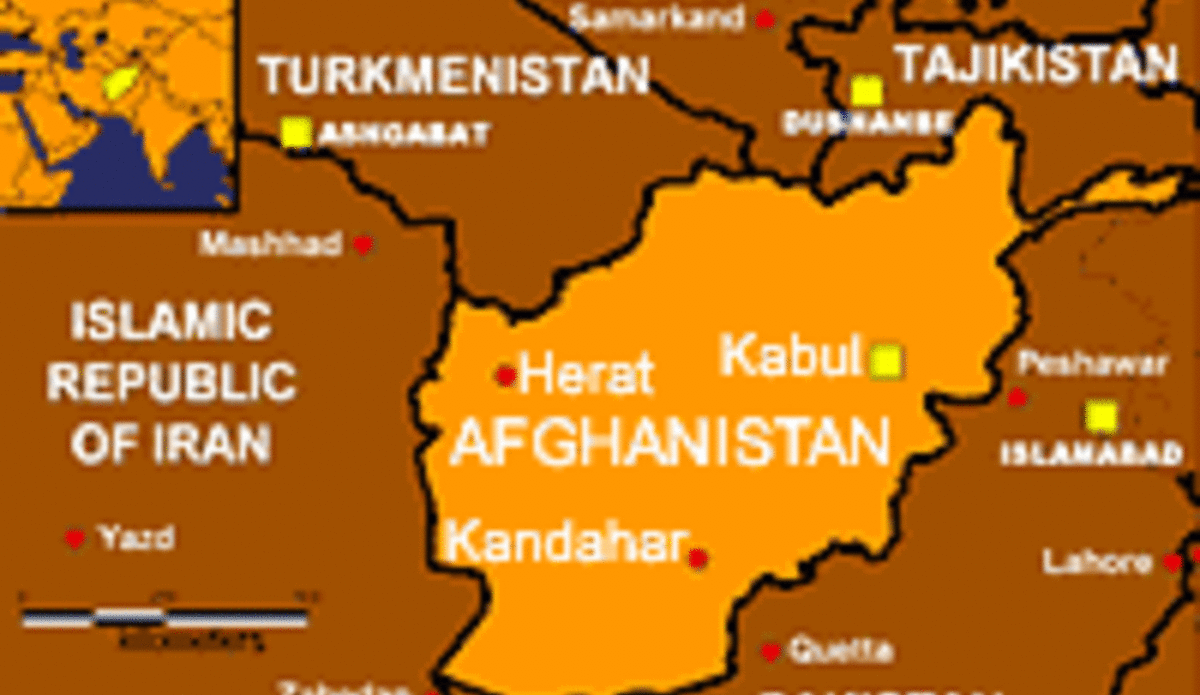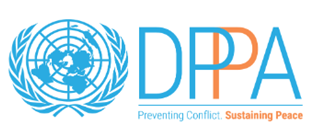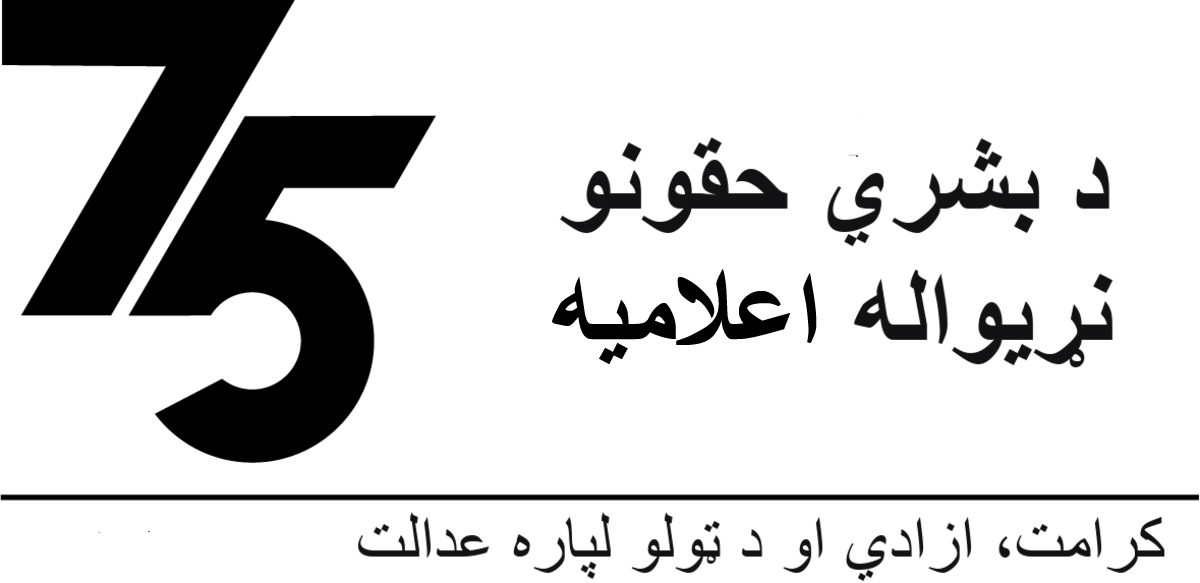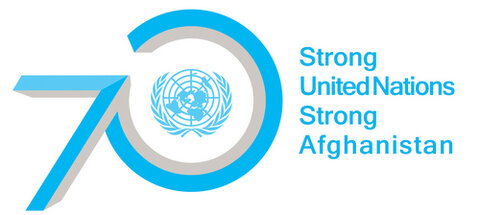UN humanitarian coordinator to donors: US$ 870.5 million required for Afghan emergency programmes
KABUL - The United Nations humanitarian coordinator in Afghanistan today called on donors to shell out a total US$ 870.5 million to fund the emergency work for programmes and projects for the most vulnerable sectors of the country. UN News Centre report - Afghanistan Humanitarian Action Plan 2010 Executive Summary
“This is not necessarily a request for new funding from donors but a request to reallocate a portion of existing funds to the HAP,” stressed Humanitarian Coordinator Robert Watkins in a press conference at UNAMA where he presented the 2010 Humanitarian Action Plan (HAP) for Afghanistan with representatives from the Office for the Coordination of Humanitarian Affairs (OCHA) and the Government of Afghanistan.
“The 2010 HAP includes US$ 356 million or some 41 per cent for projects for NGO projects,” revealed Mr Watkins who, as UN resident coordinator, leads the Humanitarian Country Team that services the broader humanitarian community in Afghanistan.
“These implementing partners must receive stronger support in 2010 than they did in 2009 not only to increase the funding they receive to do the essential work that only they can do, but also to increase their own security provisions,” said Mr Watkins, adding that the HAP “is a means of bringing attention to NGO projects and to encourage donors to fund them.”
Mr Watkins – who is also the deputy special representative of the UN Secretary General in Afghanistan for relief, recovery and reconstruction – noted that Afghanistan “needs long-term development and many donors support recovery and reconstruction efforts. However, the impact is often undermined by emergency situations, such as natural disasters and conflict.”
“Conflict affects the ability to deliver humanitarian assistance to the most vulnerable of communities—to conduct needs assessments and then to reach the populations,” lamented Mr Watkins. In 2009 alone, some 2,412 civilians died from conflict-related incidents, up by 14 percent from 2008.
Thus, HAP 2010 sets out to “mitigate the effects of hazards and conflict for the protection of the most vulnerable populations,” assured Mr Watkins who stressed that HAP 2010 hopes to address Afghanistan’s institutional gaps as “national institutions do not have the capacity or necessary resources to support the humanitarian needs of population.”
Afghanistan, which suffers from chronic poverty, is next to the last of 182 countries in the United Nations Human Development Index.
This year’s HAP shall also serve as a “means of improved coordination/data collection,” said Mr Watkins, pointing out that “one major obstacle to good coordination in Afghanistan is finding reliable information on which to base assessments, plan strategies and monitor/evaluate implementation.”
Thus, “improving data collection is a priority within this year’s HAP.”
“Streamlining data collection and making the results available to the broad humanitarian community will ensure consensus of statistics and again further strengthen the aid community’s ability to raise the necessary funds in times of crisis. Such effective cooperation will also strengthen donor confidence in the aid community to deliver in an efficient and effective manner and ensure more lives are saved,” Mr Watkins said.
In addition, “another goal of the 2010 HAP is to improve coordination of humanitarian efforts by ensuring that all humanitarian actors in Afghanistan are focused on the same objectives and working together.”
“Coordination, consensus and agreement on key messages will reinforce efforts to reach those most in need of our assistance,” stressed the UN resident coordinator who then urged for “cooperation of the military in respecting the boundaries between aid and security in order to allow humanitarian organisations to carry out their mandate.”
The 85-page Humanitarian Action Plan for 2010 was produced by the Humanitarian Country Team, the Clusters and the broader humanitarian community, according to Mr Watkins who stressed that the document “is not the result of a top-down approach by the UN, but rather a bottom-up development ensuring that the NGO sector, the UN and all the humanitarian actors are working together to maximise the resources available.”
By Aurora V. Alambra, UNAMA
Website: United Nations Office for the Coordination of Humanitarian Affairs
 UN
UN







